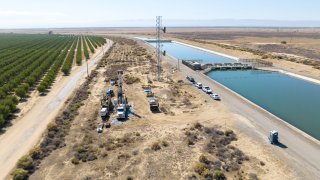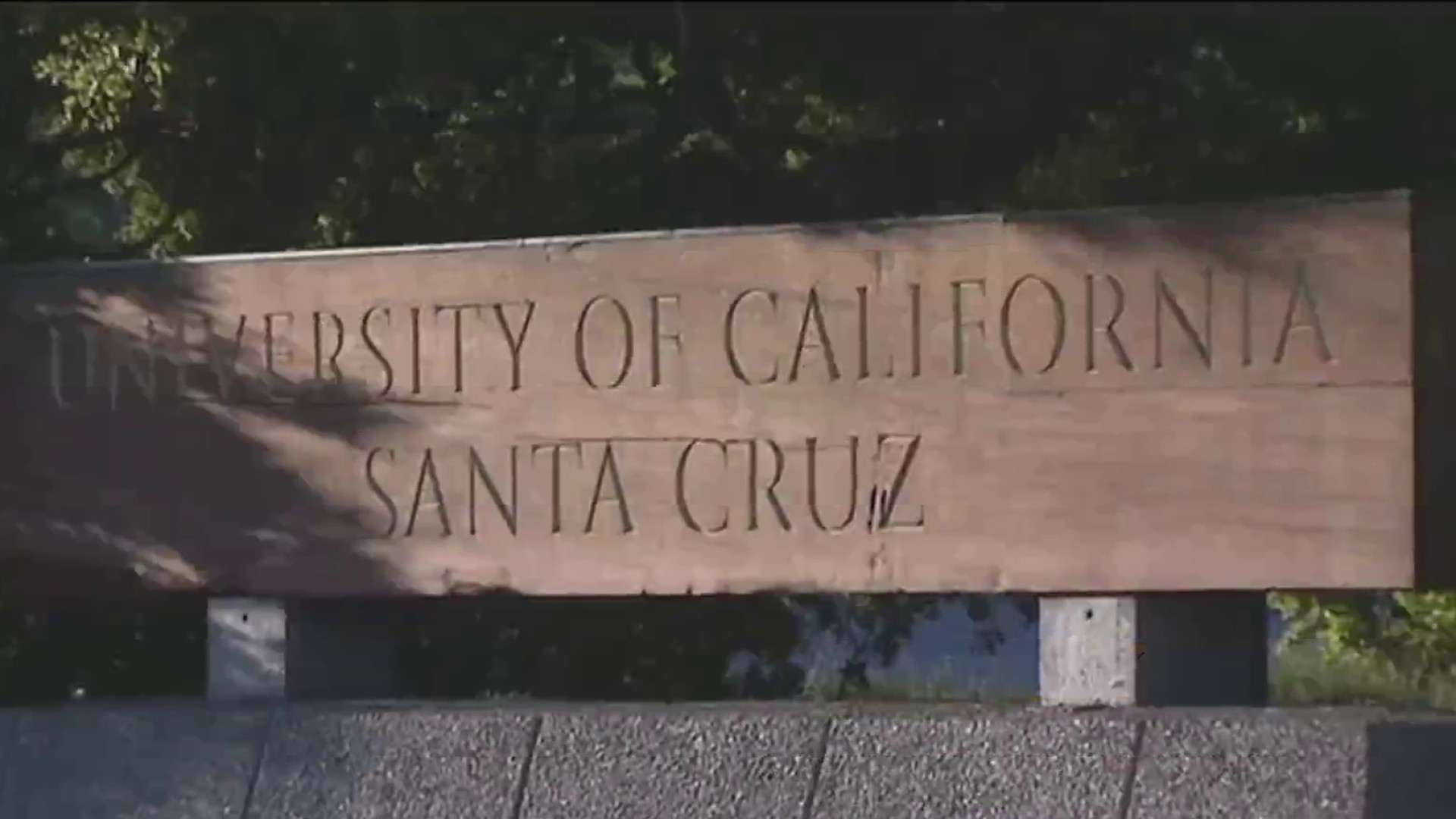
California's groundwater supplies greatly benefited from last year's historically wet rainy season, according to a new report from the Department of Water Resources.
During the state's "water year," which runs from Oct. 1 to Sept. 30, California was able to capture 4.1 million acre-feet of "managed groundwater recharge" -- roughly enough to fill Lake Shasta -- on its way to increasing overall groundwater storage by 8.7 million acre-feet, according to DWR.
Managed groundwater recharge is the deliberate effort to divert water into underground aquifers and 3.8-million-acre feet of that recharge happened in the San Joaquin Valley, which accounted for 93% of the total managed aquifer recharge statewide, according to DWR's Semi-Annual Groundwater Conditions Report.
“California is invested in preparing for weather extremes by maximizing the wet years to store as much water as possible in preparation for the dry years," Paul Gosselin, DWR's deputy director of sustainable water management, said in a news release Monday.
"The impressive recharge numbers in 2023 are the result of hard work by the local agencies combined with dedicated efforts from the state, but we must do more to be prepared to capture and store water when the wet years come," Gosselin said.
The water storage boom was primarily the result of 2023 being ranked the eighth wettest year in the past half century, due to a series of 19 major "atmospheric river" storms that lashed the state and led to reservoirs topping out at nearly 100% of capacity.
This, combined with deliberate groundwater replenishment projects and naturally occurring aquifer recharge, allowed subservice water levels to rise as cities and farms drew more heavily on reservoirs for their supplies.
California
Still, as the report points out, the state's groundwater sources are well below what they could be due to decades of over-pumping that outpaced Mother Nature's ability to refill them.
The 2023 groundwater numbers contrast sharply with those of 2022, when water use and drought led to a 6.4 million acre-foot drop in storage levels.
Get a weekly recap of the latest San Francisco Bay Area housing news. Sign up for NBC Bay Area’s Housing Deconstructed newsletter.
The state's 515 groundwater basins and subbasins, which have an estimated capacity of between 850-million-acre feet and 1.3-billion-acre feet of water, contribute about 40% of California's total water supply in an average year, and up to 60% in a dry year, according to DWR.



